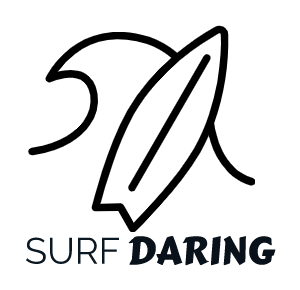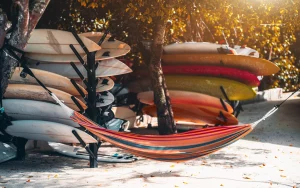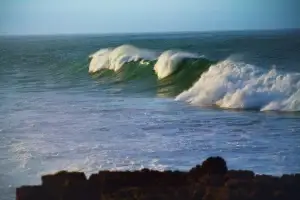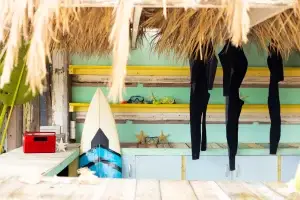
Conquering Giants: The Evolution and Mastery of Gun Surfboards
In the dynamic world of surfing, where waves range from playful to monstrous, the gun surfboard emerges as a specialized tool for those daring enough to confront colossal swells. From its humble beginnings in the legendary waves of Hawaii to the cutting-edge designs of today, the gun surfboard stands as a symbol of courage, precision, and a relentless pursuit of mastering the ocean’s might. In this in-depth exploration, we delve into the details, characteristics, and historical journey of the gun surfboard, uncovering the tales of big wave pioneers, design innovations, and the exhilarating art of conquering giants.
Unveiling the Gun Surfboard: Taming the Titans
Defining the Gun Surfboard
The gun surfboard is a purpose-built, specialized surf craft designed for riding large and powerful waves. Its distinctive features set it apart from standard shortboards, offering surfers the necessary tools to navigate steep drops, fast breaks, and the immense power that characterizes big wave surfing.
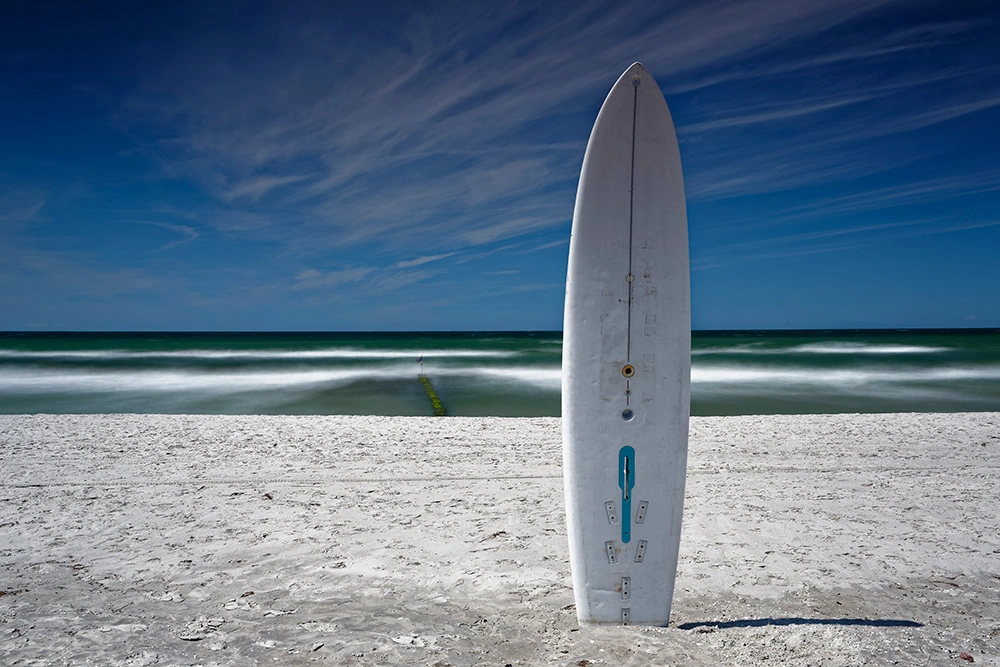
Key Characteristics:
- Length and Profile:
– Gun Surfboards are typically longer than traditional shortboards, ranging from 6 feet 6 inches to over 10 feet.
– The shape features a pointed nose, narrow profile, and a pulled-in tail, providing increased control and maneuverability. - Volume and Buoyancy:
– Gun Surfboards have a lower volume compared to longboards, allowing them to slice through the water with reduced resistance.
– The design focuses on maintaining adequate buoyancy for paddling into large waves. - Tail and Fins:
– The pulled-in tail enhances control during critical sections of big waves.
– Fins are usually configured as a thruster or quad setup, optimizing stability and control.
Purpose and Performance
The primary purpose of the gun surfboard is to handle challenging, large waves where precision, control, and speed are paramount. It excels in conditions where other board types might struggle, providing surfers the ability to tackle steep drops and navigate the fast, powerful breaks associated with big wave surfing.
Maneuverability and Control
While not as maneuverable as shorter boards designed for smaller waves, guns shine in their ability to handle the critical sections of large waves. The pointed nose allows for precise takeoffs, and the pulled-in tail enhances control during high-speed turns, making it a preferred choice for surfers seeking the ultimate big wave experience.
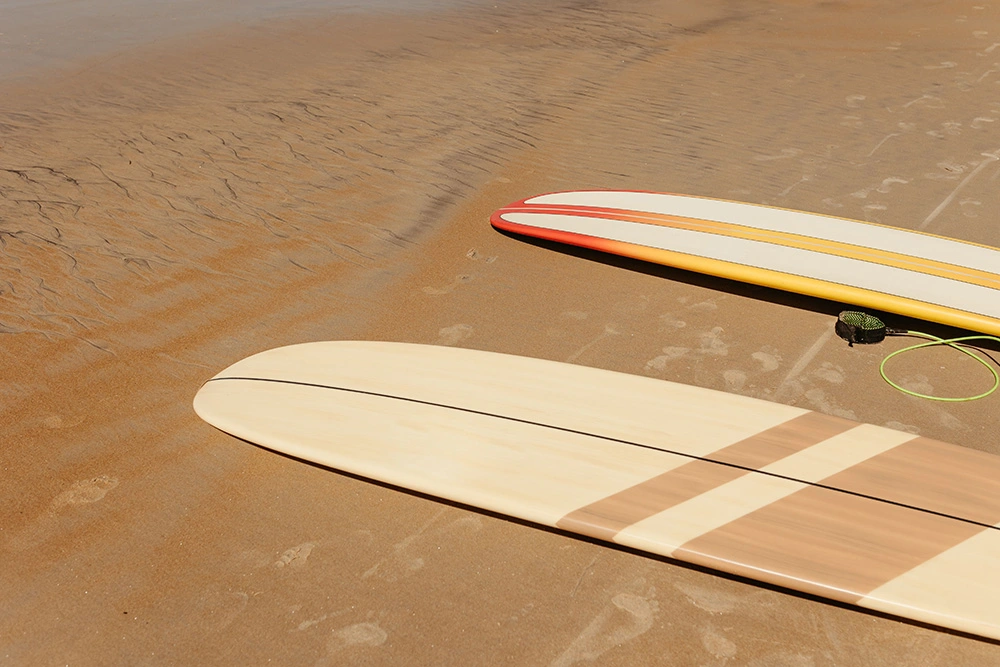
Tracing the Origins: Pioneers and Legends of Big Wave Surfing
Greg Noll: Riding Giants at Waimea Bay
The story of the gun surfboard begins in the early 1960s on the hallowed grounds of Waimea Bay, Hawaii, with a pioneering surfer named Greg Noll. Faced with the colossal waves of the North Shore, Noll recognized the need for a board that could match the power and scale of these waves.
Waimea Bay Challenge:
- In 1969, Greg Noll made history at Waimea Bay by riding massive waves on what would be recognized as the first-generation gun surfboard.
- Noll’s fearless approach to the waves and his use of the newly designed gun surfboard set a standard for big wave surfing.
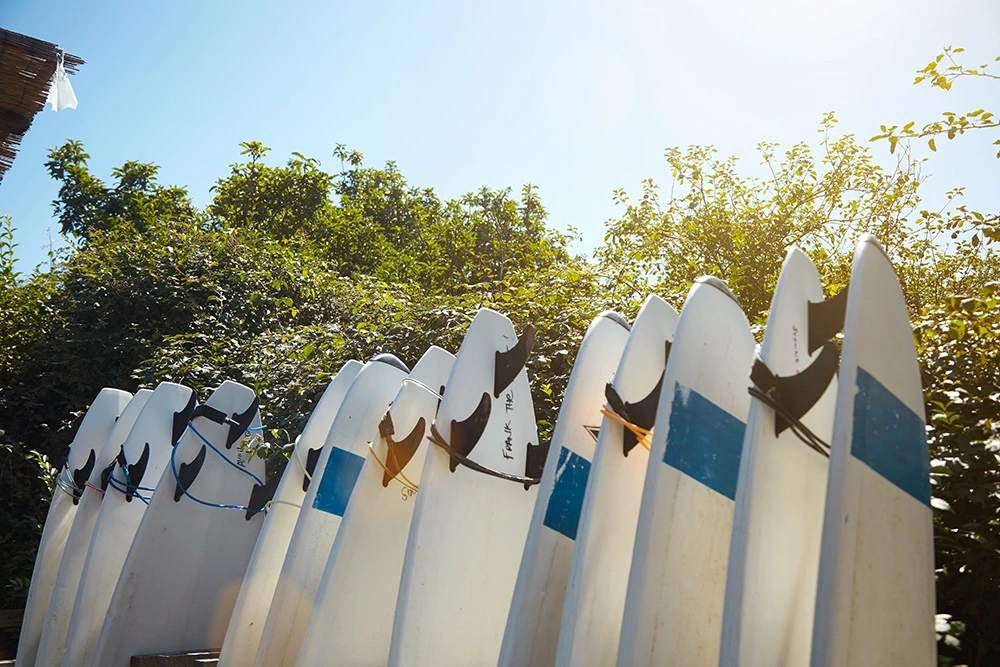
Dick Brewer: Shaping the Future of Big Wave Boards
Collaborating with Noll, shaper Dick Brewer played a pivotal role in refining the design of the gun surfboard. Brewer’s innovations, such as a narrower tail and improved bottom contours, contributed to increased performance and control in large surf.
Evolution of Design:
- Brewer’s advancements in shaping technology influenced subsequent generations of gun surfboards.
- Changes in the template aimed at providing surfers with the ideal blend of speed, control, and responsiveness.
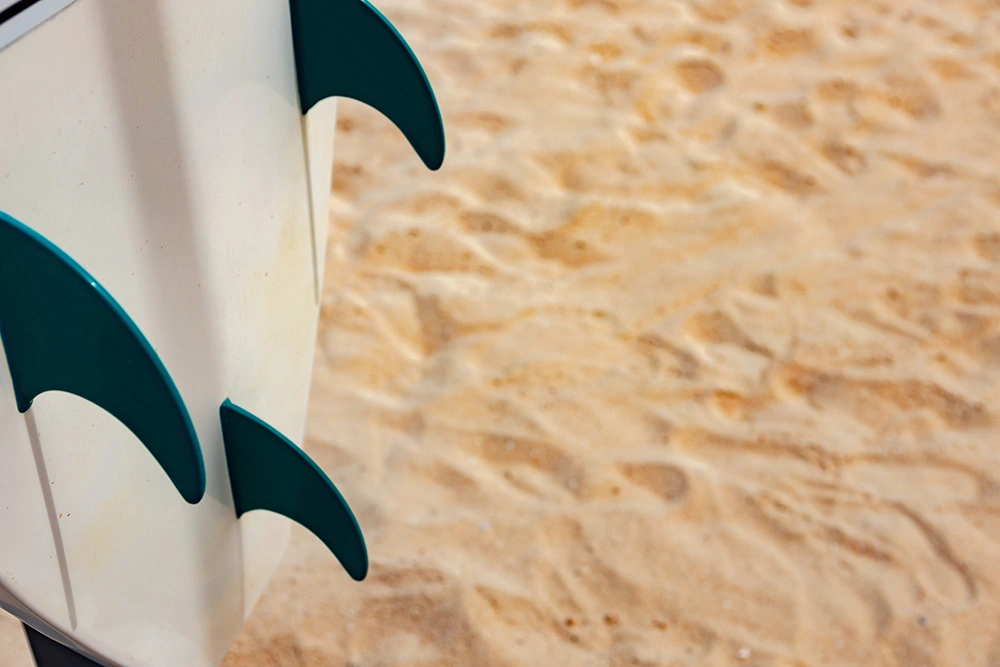
The 1970s Boom: Guns Take Center Stage
The 1970s marked the boom of big wave surfing, and the gun surfboard took center stage as surfers sought to push the limits of what was deemed rideable. Surfers embraced the challenge of conquering massive waves, and the gun surfboard became an essential tool for those venturing into the uncharted territories of big wave breaks.
Innovations and Design Adjustments:
- Shapers continued to innovate, experimenting with various refinements to the gun’s design to match the evolving demands of big wave surfers.
- Changes included variations in tail shapes, rocker profiles, and fin setups to enhance performance.
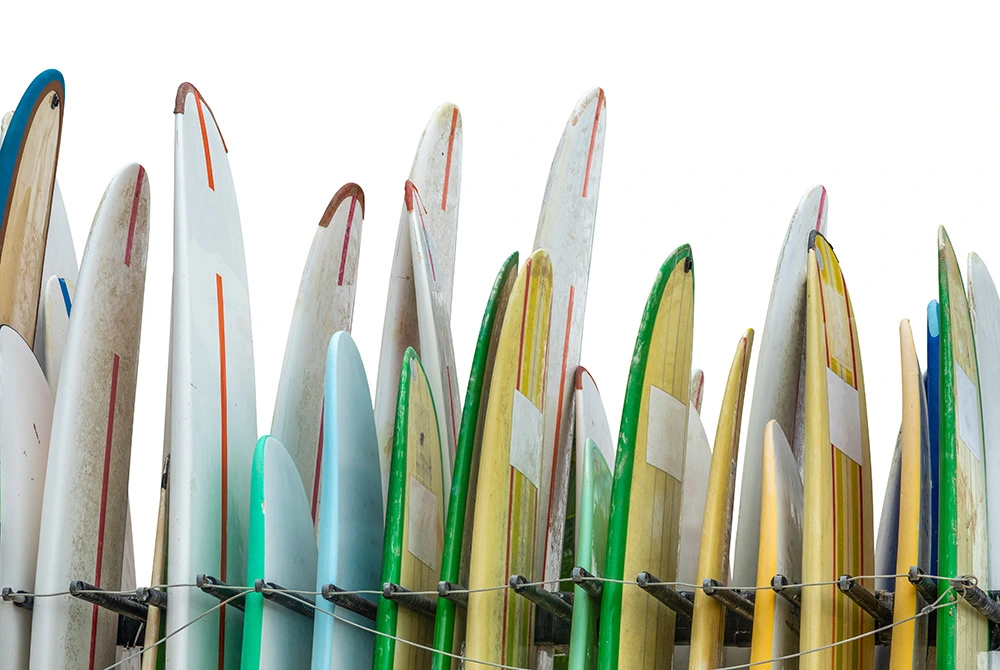
Big Wave Contests and Tow-In Surfing:
- Eddie Aikau Invitational:
– Big wave contests, such as the Eddie Aikau Invitational, provided a platform for surfers to showcase their skills on guns in colossal waves.
– The contest became synonymous with the daring feats of big wave riders, further solidifying the importance of gun surfboards in big wave surfing culture.
- Tow-In Surfing:
– Tow-in surfing, a revolutionary technique pioneered by surfers like Laird Hamilton and Dave Kalama in the 1990s, further expanded the possibilities of riding enormous waves.
– The use of personal watercraft allowed surfers to catch waves previously deemed unrideable on traditional paddle-in guns.
Evolution and Modern Applications
Shaping Innovations in the 21st Century:
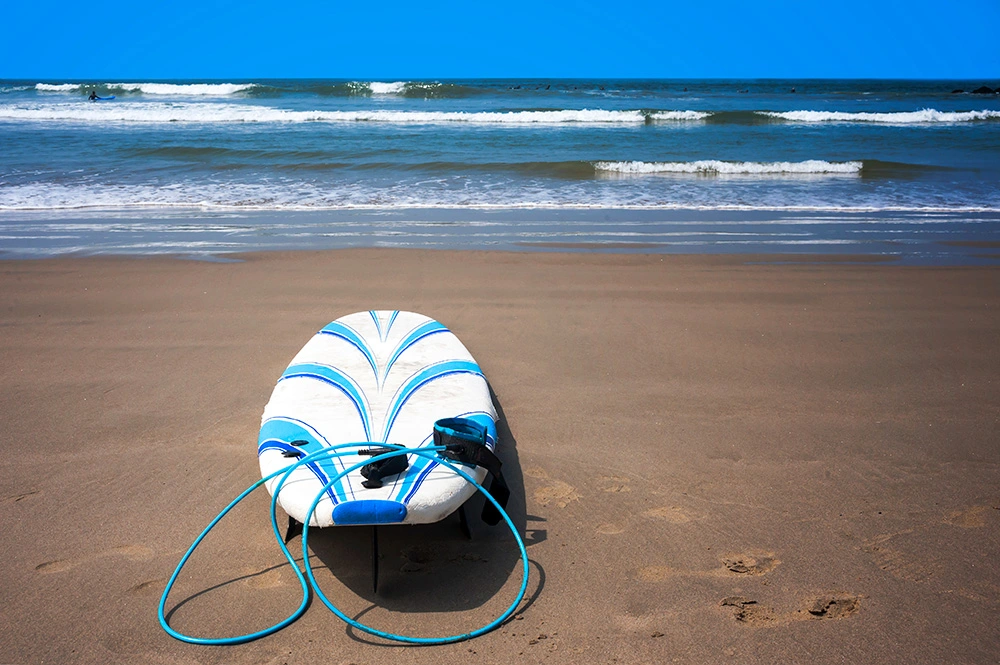
1. Customization for Individual Surfers:
– Modern gun surfboards are often customized to suit the individual preferences and requirements of experienced big wave surfers.
– Shapers work closely with surfers to create boards that align with their surfing style and the specific conditions of the waves they intend to ride.
2. Advancements in Materials:
– The use of high-tech materials, such as carbon fiber and epoxy resins, has further enhanced the performance and durability of modern gun surfboards.
– These materials contribute to a lighter yet stronger construction, allowing surfers to push the boundaries of big wave surfing.
Big Wave Surfers and Iconic Moments:
- Laird Hamilton:
– Laird Hamilton, a pioneering big wave surfer, has been instrumental in the ongoing legacy of gun surfboards.
– Hamilton’s innovative approach to surfing and his fearless rides on massive waves continue to inspire a new generation of big wave enthusiasts.
- Shane Dorian and Grant “Twiggy” Baker:
– Surfers like Shane Dorian and Grant “Twiggy” Baker have showcased the versatility of gun surfboards in various big wave locations worldwide.
– Their achievements contribute to the ongoing narrative of big wave surfing and the integral role of guns in the pursuit of extreme waves.
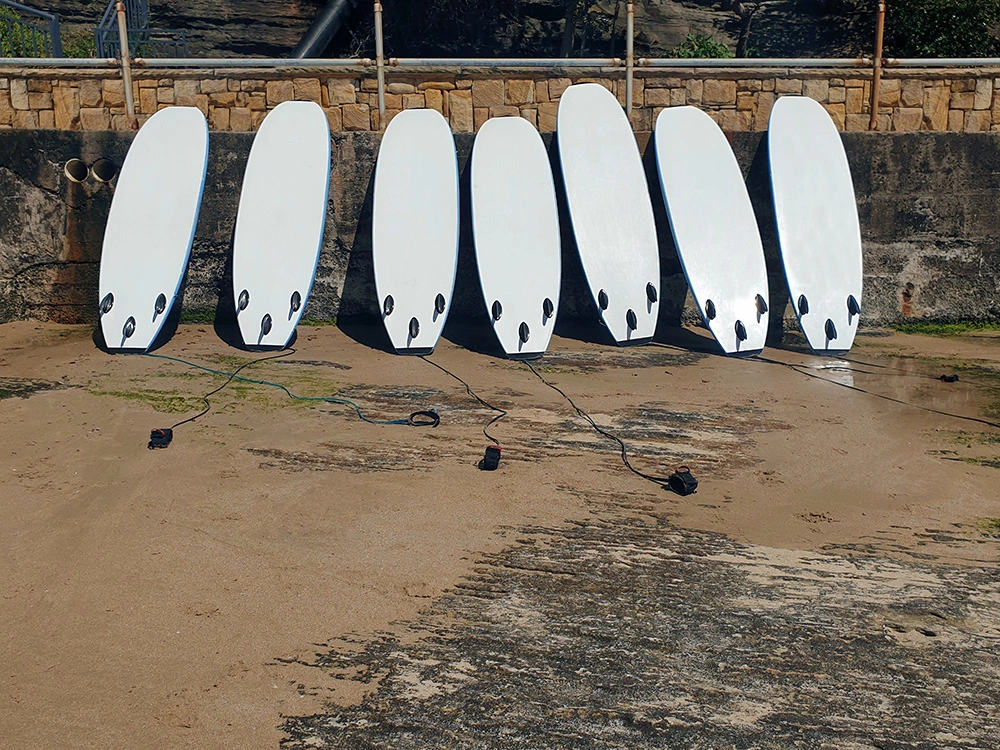
Influence on Surfboard Design:
- Impact on Shortboard Evolution
- The principles and innovations introduced through gun surfboards have influenced the design and performance of shortboards across various wave conditions.
- Advances in rocker profiles, tail shapes, and fin setups owe a debt to the continual evolution driven by big wave surfing.
- The Big Wave Quiver:
- Surfers maintain a specialized quiver of boards, including guns, step-ups, and tow boards, to cater to the diverse range of wave sizes and conditions encountered in big wave surfing.
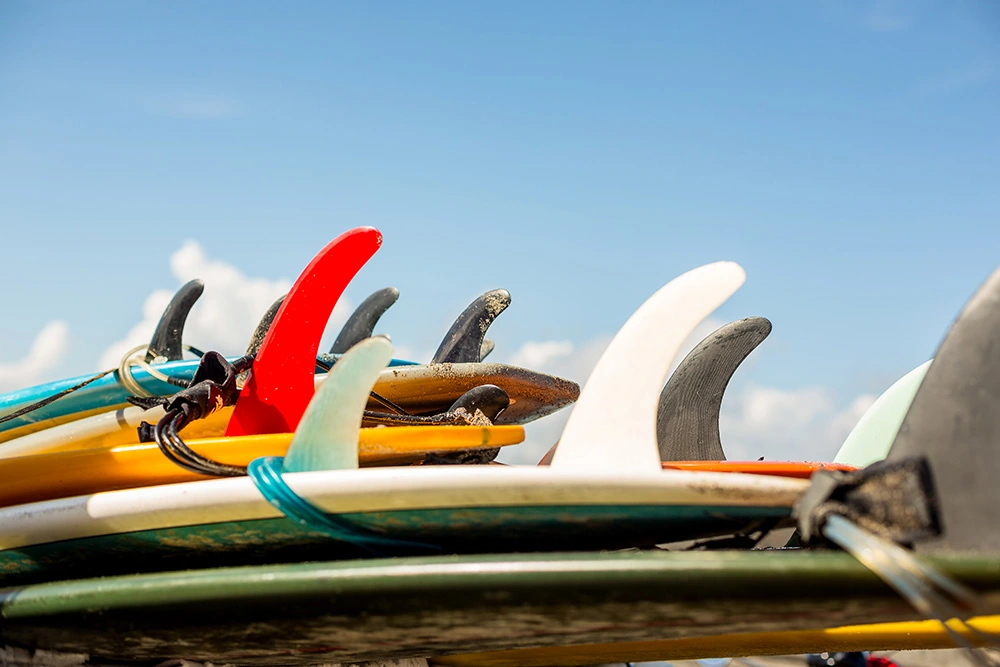
Riding a Gun Surfboard: Mastering the Art of Big Wave Surfing
Skill Level and Experience:
- Advanced Surfing Skills:
Riding a gun surfboard demands advanced surfing skills, including mastery of paddling, positioning, and executing precise maneuvers in challenging conditions.
- Experience in Big Waves:
Surfers venturing onto a gun surfboard should have significant experience in handling large waves, understanding the nuances of reading and navigating powerful breaks.
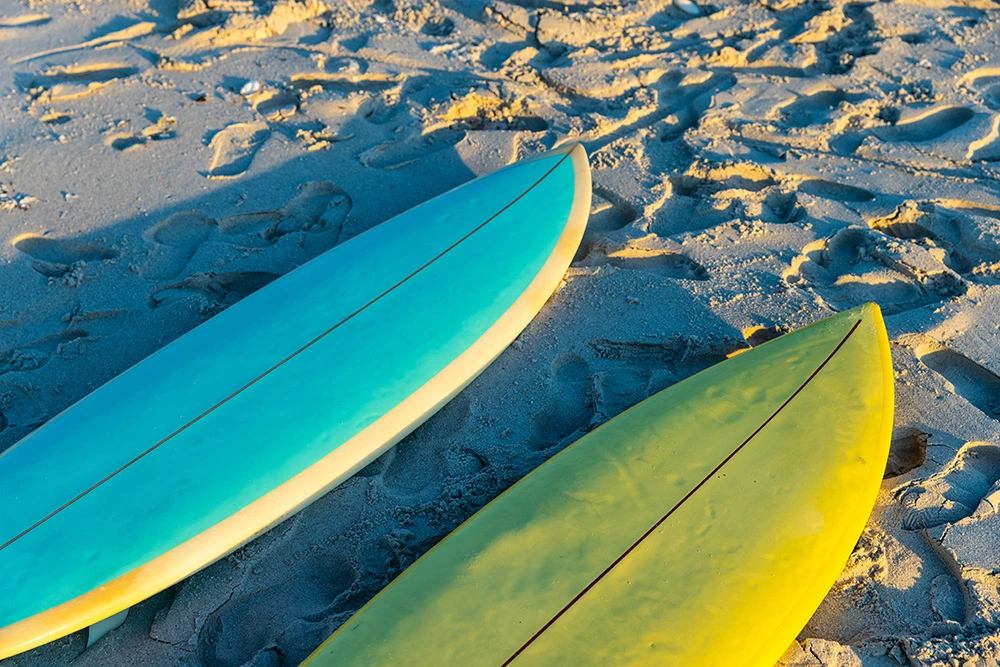
Paddling Technique:
Navigating Large Waves:
- Paddling a gun surfboard requires a robust technique to navigate through large waves effectively.
- The pointed nose aids in piercing through oncoming waves, and surfers must position themselves strategically for takeoff.
Takeoff and Maneuvering:
Steep Drops and Precision:
- Takeoffs on a gun involve committing to steep drops, requiring a precise and calculated approach.
- While not as nimble as shorter boards, guns provide stability and control for powerful turns and maneuvers in the critical sections of big waves.
Safety Considerations:
Safety Gear:
- Safety is paramount in big wave surfing, and surfers should be equipped with appropriate safety gear, including a reliable leash and personal flotation devices.
Communication and Coordination:
- In challenging conditions, effective communication and coordination with fellow surfers and support teams are essential for safety and success.

Conclusion
The gun surfboard, with its storied history, bold pioneers, and ongoing evolution, remains an indispensable tool for surfers who seek the thrill of conquering giants. From the pioneering rides of Greg Noll at Waimea Bay to the modern innovations driven by big wave legends like Laird Hamilton, the gun has stood the test of time as a symbol of courage and mastery in the realm of big wave surfing.
As surfers continue to push the boundaries of what’s possible on the ocean’s most massive waves, the legacy of the gun surfboard endures. Its influence extends beyond big wave riding, shaping the very essence of surfboard design and performance across all disciplines of wave riding. In the hands of experienced surfers, the gun surfboard becomes a powerful instrument, allowing them to dance with the forces of nature and leave an indelible mark on the ever-evolving canvas of big wave surfing.
